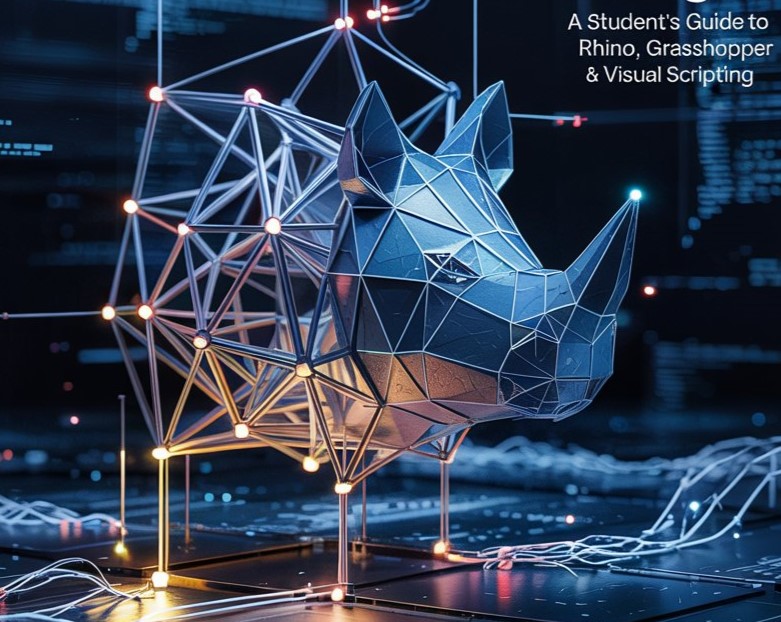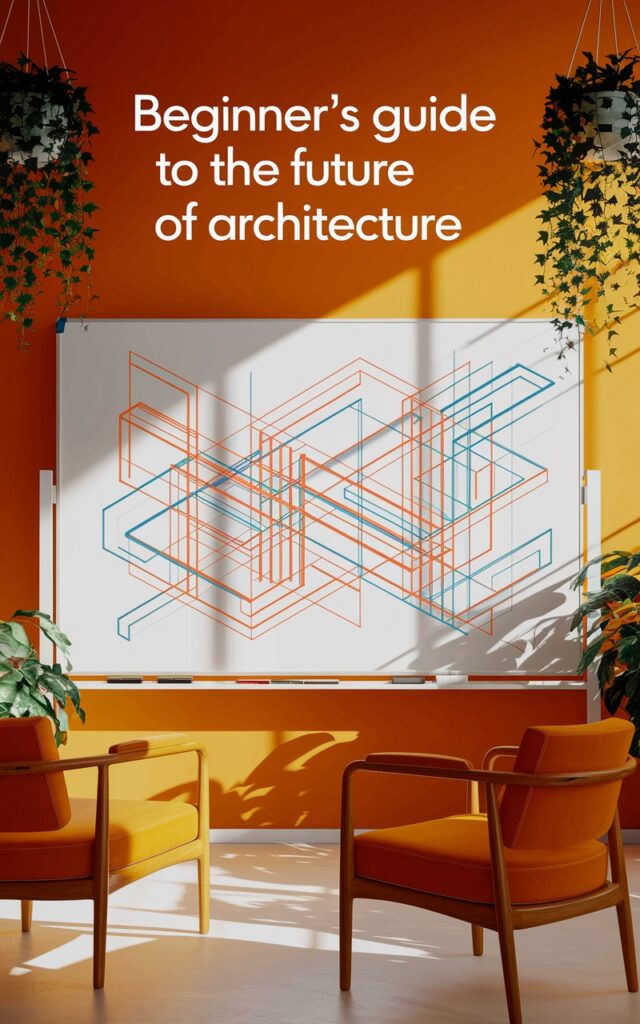Introduction: The Spark of Possibility
Imagine standing at the edge of a blank canvas, but instead of a brush, you hold a keyboard. Instead of paint, your tools are lines of code and algorithms that bend reality itself. For parametric architecture students, this is the exhilarating world they step into—a realm where creativity intersects with computational precision. But like any artist, they need the right tools to bring their visions to life. This blog is your guide to unlocking the digital toolbox that empowers tomorrow’s architects to design beyond boundaries.
Why This Is Important
Parametric design isn’t just another trend—it’s a revolution reshaping architecture. By blending mathematics, programming, and aesthetics, students can create structures that were once deemed impossible. But without the right technologies, even the brightest minds hit roadblocks. The tools you choose define your creative freedom. From fluid organic forms to hyper-efficient urban plans, parametric design demands software and platforms that translate abstract ideas into tangible blueprints.
Five Transformative Technologies for Parametric Architecture Students
- Rhino + Grasshopper: The dynamic duo for algorithmic modeling.
- Blender (with Geometry Nodes): Open-source power for 3D creativity.
- Autodesk Dynamo: Bridging parametric design with BIM workflows.
- Python Scripting: Custom solutions for complex challenges.
- Unreal Engine: Real-time visualization and immersive walkthroughs.
Key Insights: Mastering the Tools
Start Small, Think Big
Grasshopper’s node-based interface is perfect for beginners. It lets you build complex geometries without writing a single line of code. But as projects grow, combining it with Python scripting unlocks limitless customization. Example: A student team recently used Grasshopper to design a lattice structure for a solar pavilion. By integrating Python, they automated material calculations, cutting downtime by 60%.
Collaboration is Key
Tools like Autodesk Revit and Dynamo streamline teamwork between architects, engineers, and contractors. When Mumbai’s Iconic Tower faced structural challenges, parametric modeling allowed real-time adjustments shared across disciplines. The result? A 20% reduction in construction waste.
Conclusion: Your Journey Starts Here
Parametric design isn’t about replacing human intuition—it’s about amplifying it. The tools we’ve explored are more than software; they’re extensions of your imagination.
So, what’s next? Dive into tutorials, experiment fearlessly, and join communities pushing the frontiers of design. Share your breakthroughs in the comments below—we’d love to hear how you’re shaping the future!




